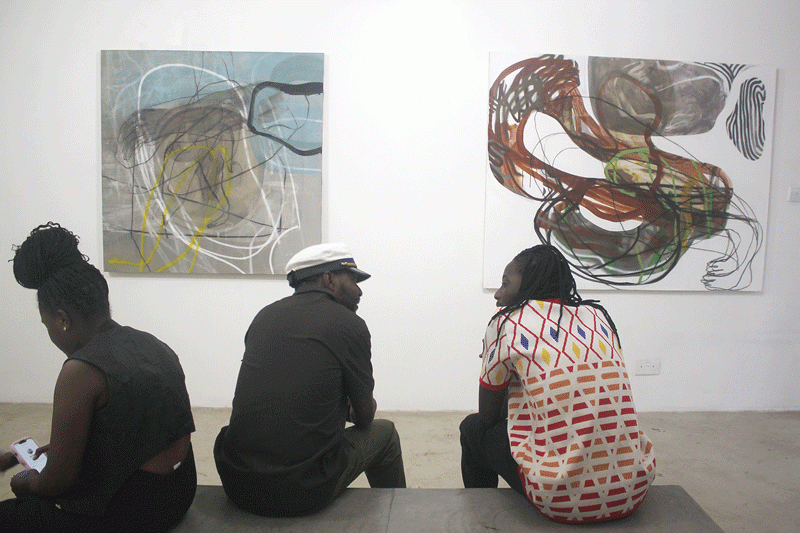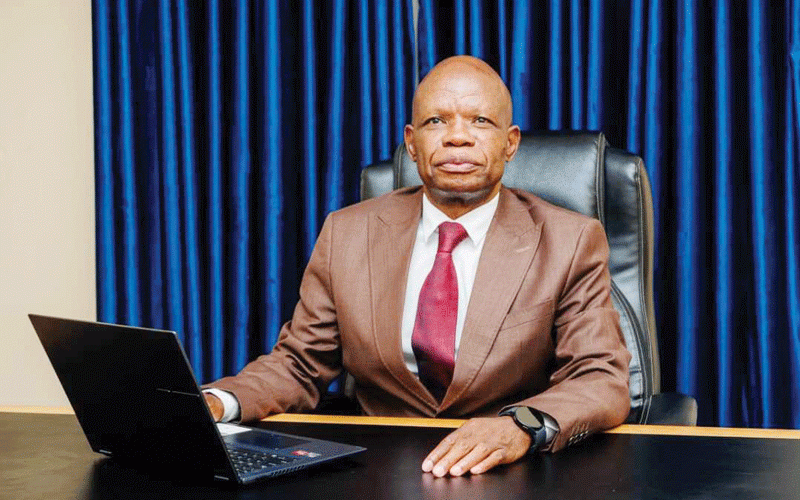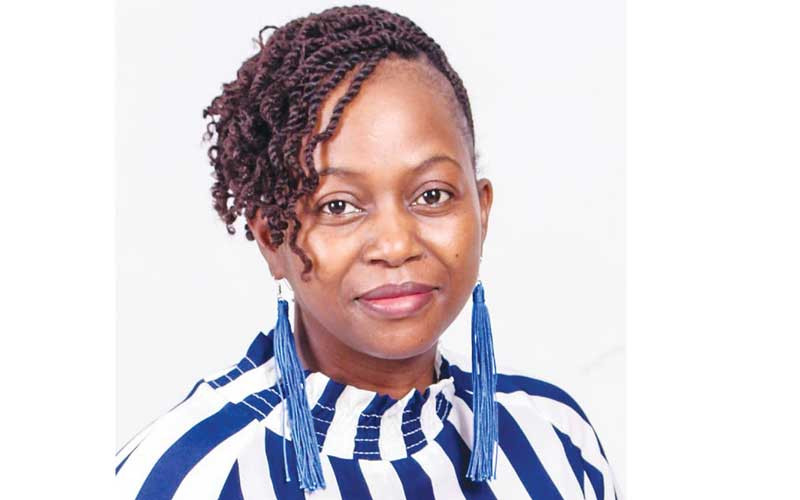
'ADAM 2.0,’ sounds like the title to a DC movie sequel, but was Simon Backs’ pick for his exhibition at First Floor Gallery Harare. For many people the name in the title would invoke the Biblical story of origins and how God created the first man. A numeral appended to the name suggests an upgrade, although according to St Paul, Jesus was the second Adam. The curatorial statement indicates that this is a follow up from the artist's previous show at Gallery Delta back in 1989.
The artist, who is now based in Mauritius, was born in Zimbabwe and is a protégé of the late Helen Lieros. His abstract paintings and paper-based artworks have been described as “forms overlaid with planes of colour” and “gestural strokes … overlain with planes of white or colour”.
Back’s work has been exhibited in Italy, Canada, Mauritius, South Africa and Dubai, among other countries.
Back’s process has been described as “covering forms with planes of white or colour, which create a sense of absence in his work. Figures emerge from backgrounds or become obscured and ambiguous”.
The work challenges viewers in unexpected ways. By deliberately painting over forms the artist puts a wedge between what the audience is looking at and their habitual impulse to latch onto something that looks familiar.
Back’s artworks present a challenge to the rational and analytical mind. The ego-driven mind that is perpetually scouring for similes and metaphors to make sense of life will find itself perplexed. Ambiguity in Back’s work can become a source of discomfort. The artist gets the viewers to doubt and question their own interpretation of the story, which is a gift in the post-truth, post-factual and post-reality era. By apparently subverting memory and anticipation, Back saves the viewer from their own subjective emotional reaction.
In some television crime caper two detectives usually arrive at a crime scene and one of them nonchalantly asks: ‘’What do we got here?’’ In abstract art, the same question may be asked over an artwork by Mark Rothko, Jackson Pollock, Robert Motherwell, Misheck Masamvu, or Paul Wade. In the case of Wade, one might observe a pattern of lines that simulate apartment blocks in Harare’s Avenues area, where the artist once resided. Over a riotously coloured Masamvu oil painting, one might find associations with a bloody battlefield or a forest in bloom. Back's work presents a dilemma instead.
In the exhibition, the artist presents 12 artworks of varying sizes and mediums. In some artwork, viewers might see some phallic symbol, a hidden eye, a disembodied leg, a hidden hand, fingerprints or a flame lily. Several works feature human body parts. Back supposedly throws in some random mark-making as well. Figuration is not something that Back uses as a psychological crutch. He may go as far as supplying descriptive titles such as ‘flower’, but the results frequently elicit a double-take.
- Environmentalist in12 000km protest ride
- Junior Sables confident ahead of U20s Canada Conference
- Eva heads for Miss Heritage Global
- Health Talk: National Health Insurance can foster better solutions
Keep Reading
Born in 1966, Back is not likely hankering for a revolution that will change the planet. His work may be more appealing to those with a less wide-eyed view of the world. Those who have gained the wisdom to stop looking for answers in the wrong places. The answers for Back are probably spiritual. The artist’s metaphysical outlook can be inferred from his 2020 exhibition at Matter Gallery in Toronto, Canada, which was named “Beyond Before.” The title is essentially a negation of the space-time continuum!
In Adam 2.0, Back appears to bypass the language of symbolism. The best approach to his work might be to behold without knowing. In that state, where the subject puts on hold their evidence-based reasoning, it may be possible to see the spiritual reality of a divine mind.







